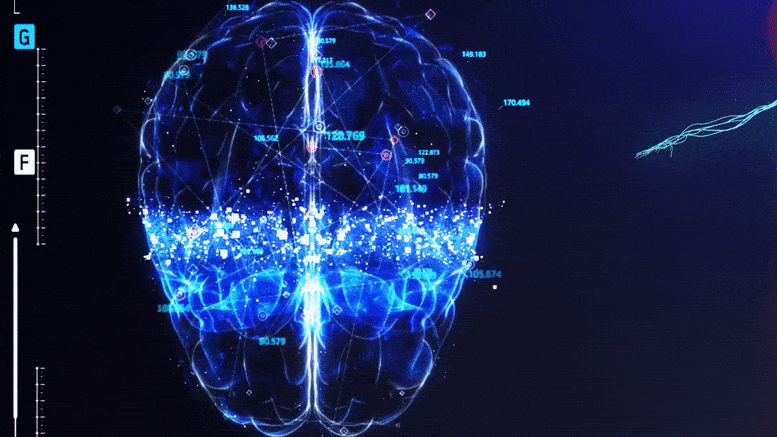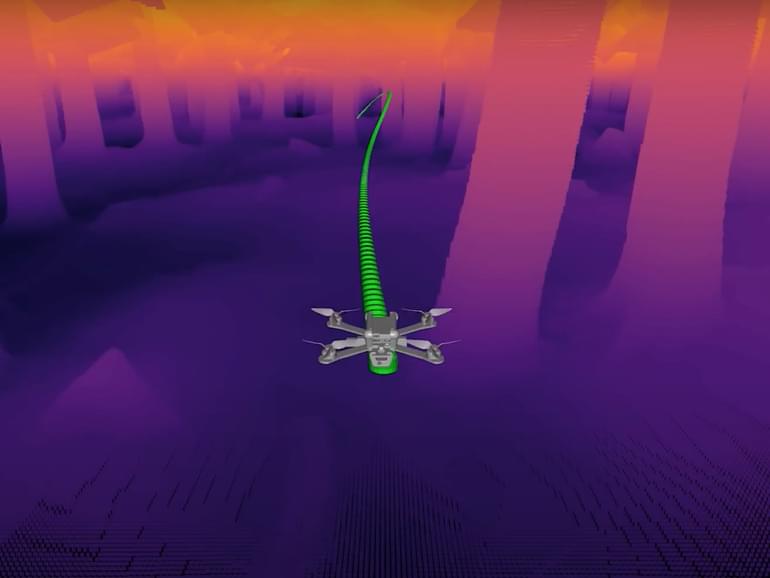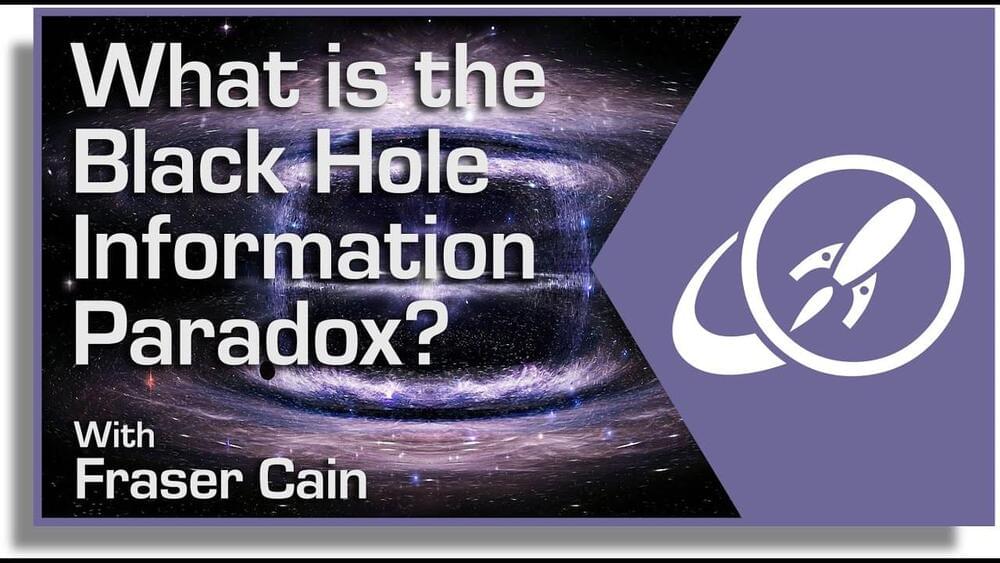Oct 30, 2021
How Google’s Wing Drone Delivery Aircraft Works
Posted by Chris J. Kent in categories: drones, media & arts, robotics/AI
Will drone deliveries be a practical part of our future? We visit the test facilities of Wing to check out how their engineers and aircraft designers have developed a drone and drone fleet control system that is actually in operation today in parts of the world. Here’s how their VTOL drone works and what it’s like to both load and receive a package carried by an autonomous aircraft!
Shot by Joey Fameli and edited by Norman Chan.
Additional footage courtesy of Wing.
Music by Jinglepunks.
Continue reading “How Google’s Wing Drone Delivery Aircraft Works” »


















